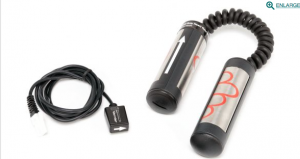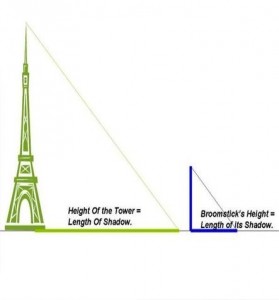Using a Vernier Hand-Grip Monitor can be a great way to get students active and using math within the classroom in an engaged way. Students are constantly active outside of the classroom and it would be great to show them how various activities affect their heart rate. Students will measure their resting beats per minute (BPM). From there students will do a rotation of various activities to see which type of activity get their heart rate up the most. From there students will graph their information to create a visual representation about each physical activity. (Between activities there will be rest time to let their heart beat go back to normal). Students will have to use a graphing calculator that can support the Vernier Hand-Grip Monitor.
The standard used in this activity would be:
CCSS.MATH.CONTENT.HSF.IF.B.4: For a function that models a relationship between two quantities, interpret key features of graphs and tables in terms of the quantities, and sketch graphs showing key features given a verbal description of the relationship.

